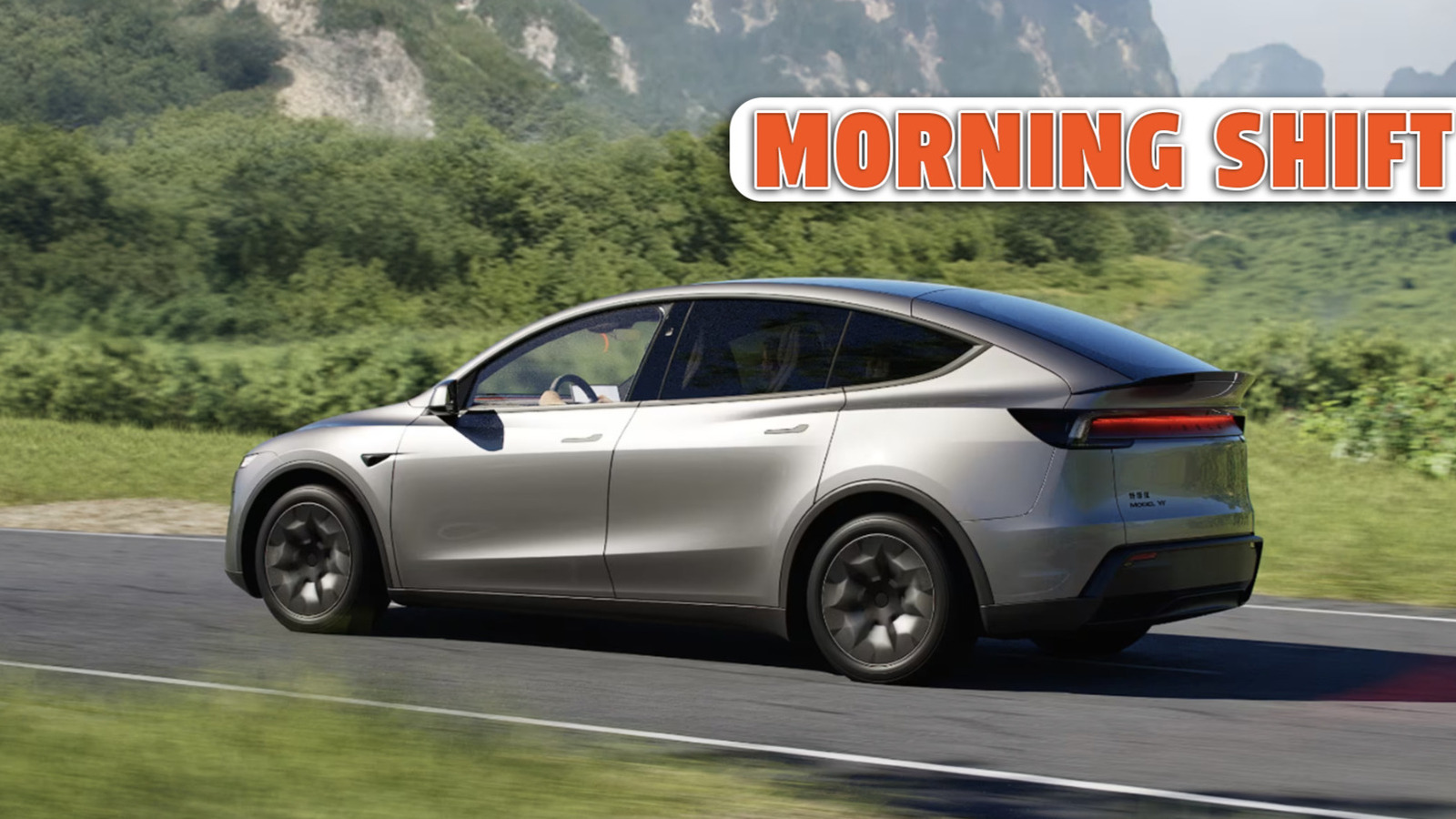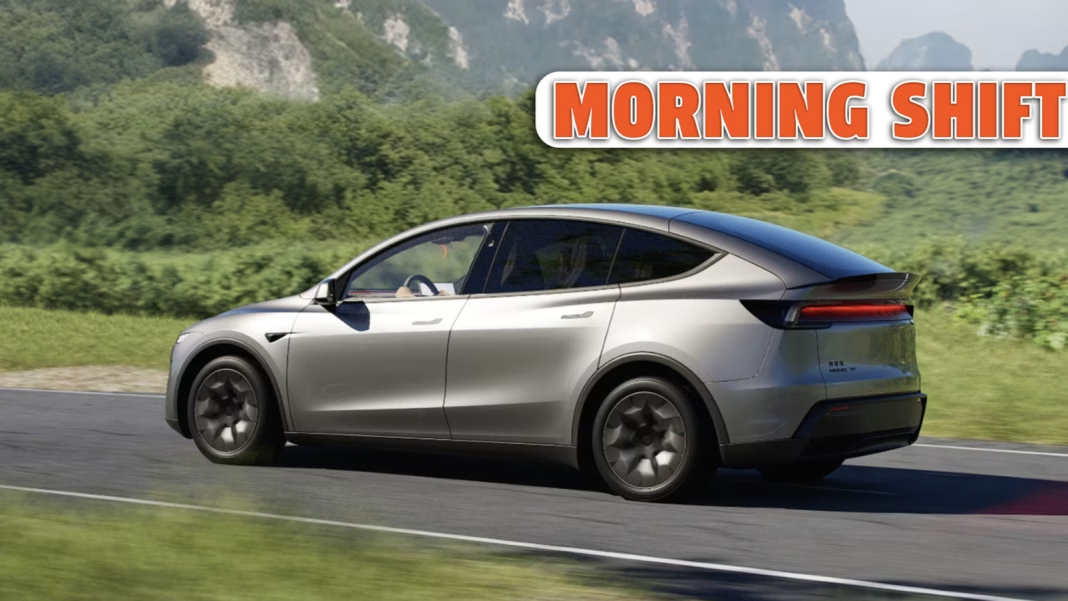Why Is Tesla Betting on a Longer Model Y for China?
Tesla’s recent move to launch a stretched Model Y in China has raised more than a few eyebrows. The question on everyone’s mind: will a bigger, roomier Model Y be enough to win back Chinese buyers, or is this just a shot in the dark? Let’s dig into what’s really at stake here.
What’s Driving Tesla’s Struggle in the Chinese Market?
China isn’t just another market for Tesla—it’s the world’s largest EV battleground. But lately, Tesla’s grip has been slipping. According to data from the China Passenger Car Association, Tesla’s market share in China dropped from 10.5% in 2022 to just under 8% by late 2023. Why? Local brands like BYD, NIO, and XPeng are churning out stylish, tech-packed EVs at lightning speed and competitive prices. Chinese consumers are also notoriously quick to switch brands if something better comes along.
Tesla’s once-unique appeal—cutting-edge tech, minimalist interiors, and that Silicon Valley cool factor—isn’t quite as exclusive anymore. Domestic rivals are offering similar features, often with more customization and at a lower price. The result? Tesla’s sales growth has slowed, and the company is feeling the pressure to innovate or risk falling further behind.
Does a Longer Model Y Address What Chinese Buyers Want?
Here’s where things get interesting. Chinese car buyers, especially families, tend to favor vehicles with more rear legroom and comfort. It’s not just about fitting more people—it’s about status, convenience, and even the ability to be chauffeured. That’s why long-wheelbase versions of sedans and SUVs are so popular in China, from BMW to Audi.
By stretching the Model Y, Tesla is clearly hoping to tap into this preference. The new version offers extra rear space and a more comfortable ride, aiming to compete with local offerings that already cater to these needs. But will it be enough? Some industry analysts argue that while added space is nice, it’s not the only thing on buyers’ wish lists. Features like advanced infotainment, AI-powered driving aids, and even in-car karaoke are becoming must-haves. Tesla’s software is solid, but local brands are catching up fast—and sometimes outpacing them in user experience.
How Are Chinese EV Makers Outpacing Tesla?
Tesla’s biggest challenge in China isn’t just about car size—it’s about speed and adaptability. Chinese automakers are masters at reading the market and rolling out updates or new models in record time. Take BYD, for example: in 2023, they launched more than a dozen new or refreshed models, many tailored specifically to Chinese tastes. They’re also quick to integrate the latest tech, from facial recognition for unlocking doors to voice-activated everything.
Tesla, by contrast, tends to move at a more measured pace. While over-the-air updates are a big plus, Chinese consumers have come to expect rapid, tangible changes—new colors, new trims, and features that feel fresh every few months. The stretched Model Y is a step in the right direction, but it’s just one piece of a much larger puzzle.
Is Bigger Always Better When It Comes to EVs in China?
Not necessarily. While extra space is a selling point, Chinese buyers are also looking for value, innovation, and a sense of local relevance. Price remains a huge factor. Tesla’s vehicles are still seen as premium, but with local brands offering similar specs at lower prices, the value proposition is under scrutiny.
There’s also the matter of after-sales service and community engagement. Chinese brands are investing heavily in customer experience—think exclusive owner events, robust service networks, and even lifestyle perks. Tesla’s direct-sales model is efficient, but sometimes lacks the personal touch that resonates with Chinese consumers.
What Could Actually Turn Tesla’s Fortunes Around in China?
A longer Model Y might win over some buyers, but it’s unlikely to be a silver bullet. To truly regain momentum, Tesla will need to double down on localizing its offerings—not just in terms of size, but also features, pricing, and customer engagement. Collaborating with local tech firms, adding region-specific features, and even tweaking the design language could make a real difference.
Recent reports from McKinsey highlight that Chinese consumers are increasingly loyal to brands that feel “in tune” with their lifestyles and values. Tesla’s global brand is strong, but in China, it needs to feel more local—more responsive and more personal.
What’s the Real Takeaway for Tesla and Chinese EV Buyers?
The big takeaway? Tesla’s stretched Model Y isn’t about perfection—it’s about smarter adjustments. Start with one change this week, and you’ll likely spot the difference by month’s end. In China’s fast-moving EV market, it’s not just about making cars bigger—it’s about making them better, faster, and more in sync with what buyers actually want. If Tesla can keep evolving, it might just find its stride again. If not, the local competition is more than ready to take the lead.


